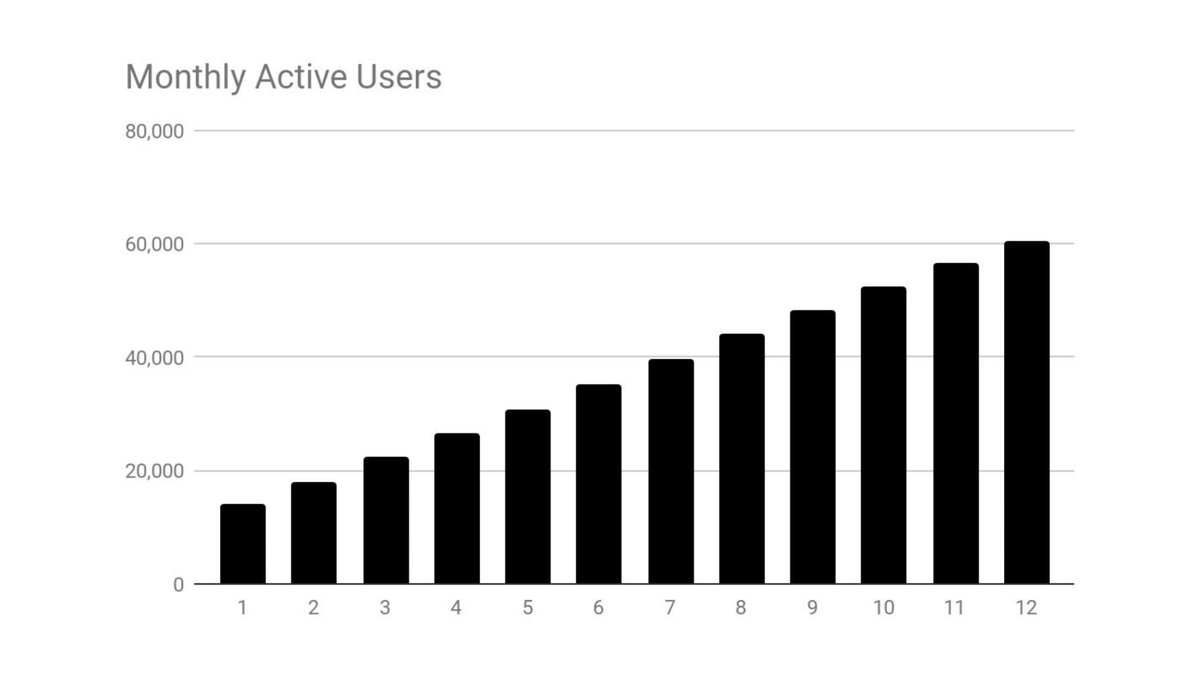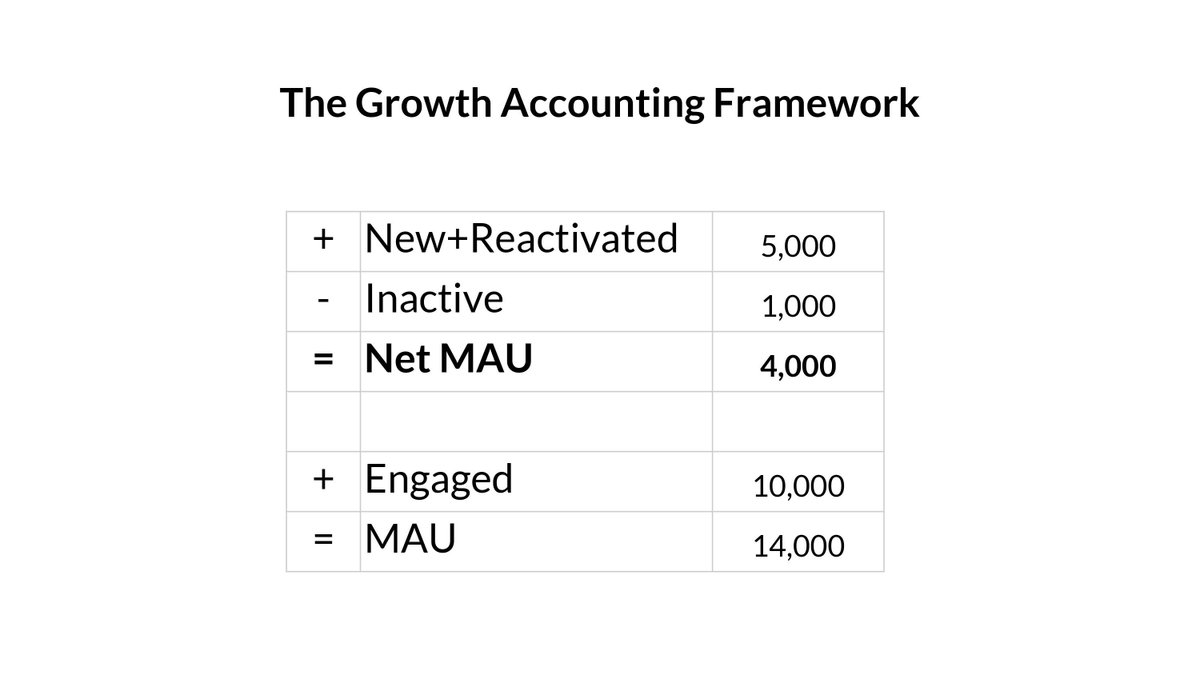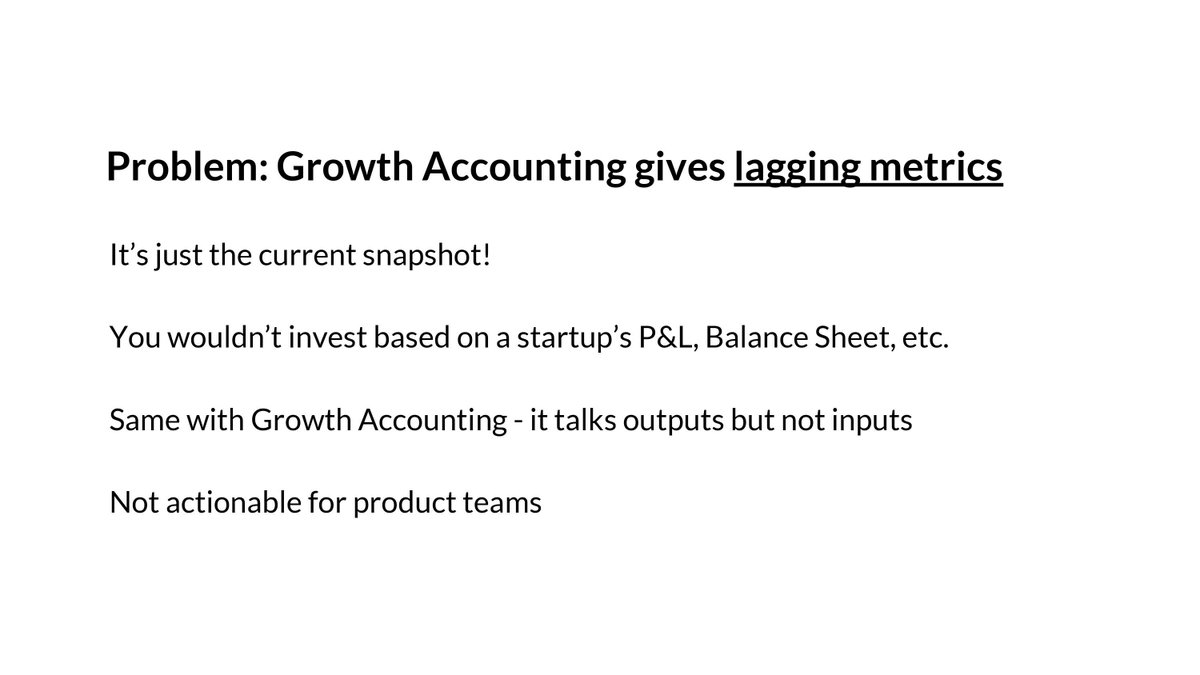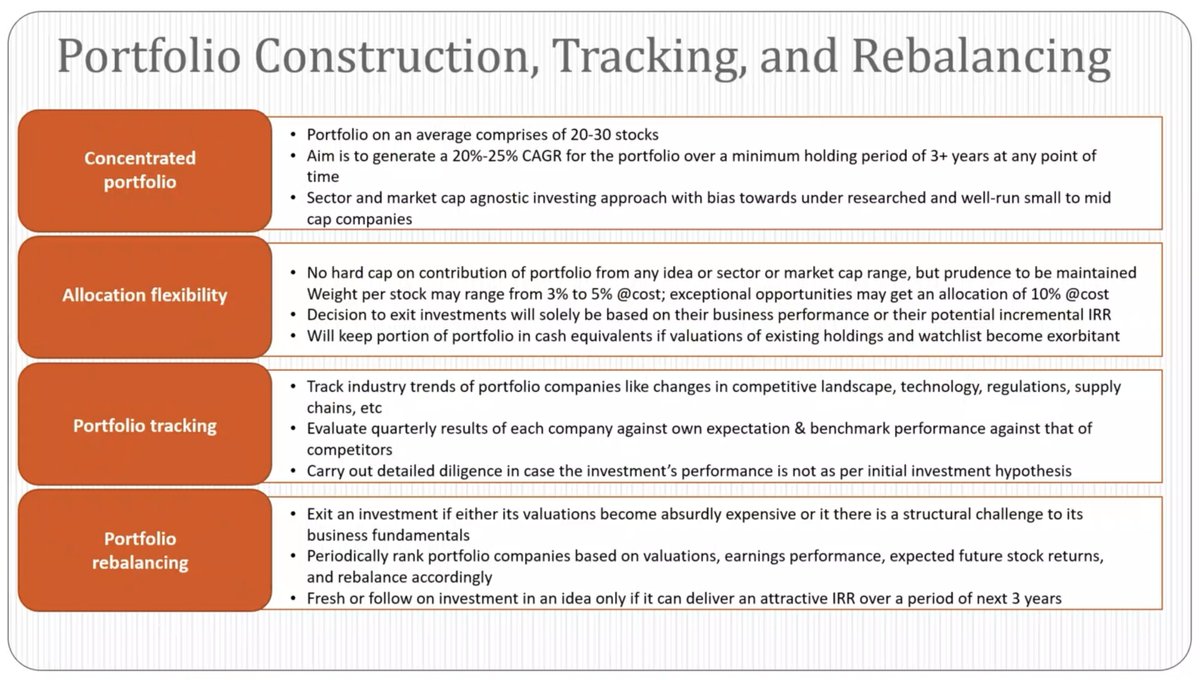
What a privilege it was to host @Gautam__Baid for my first ever Twitter Spaces event along with @dadalife369 and @Finvents.
While we wait for the YouTube recording. Here are 8 of my biggest takeaways from today's session.
#investing

Here are three books that influence @Gautam__Baid's investing style - They are some of the best books in investing along with Gautam's The Joys of Compounding.
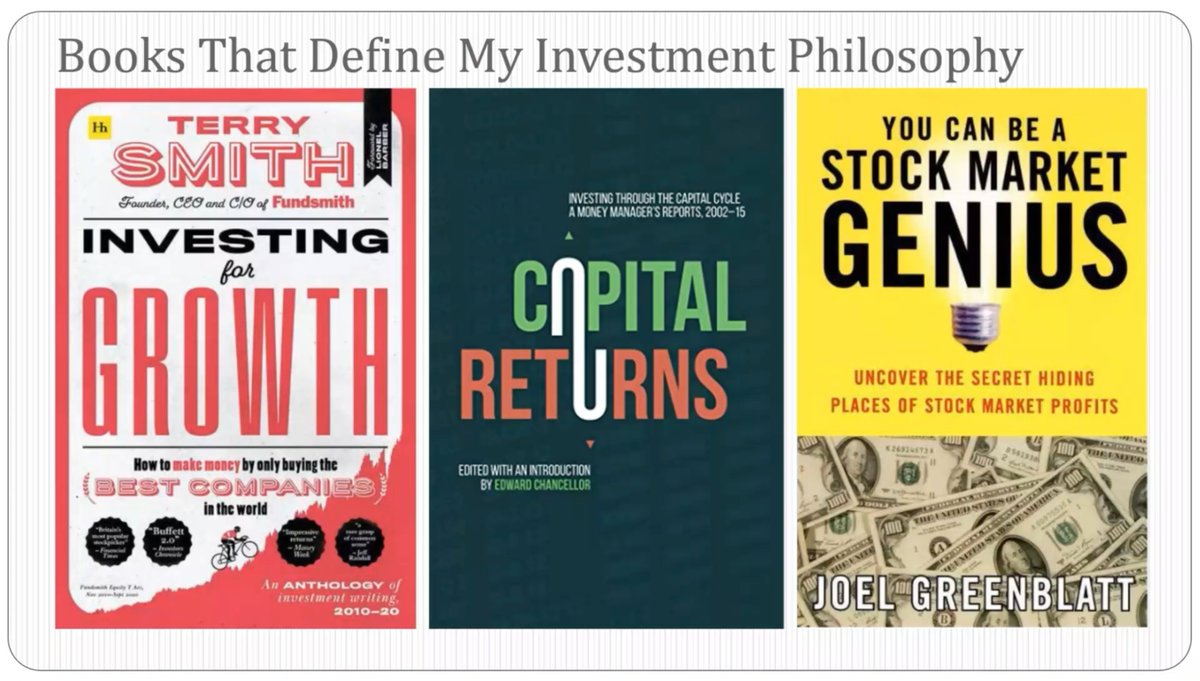
Here are the ones @Gautam__Baid uses.
It is a super-comprehensive list.
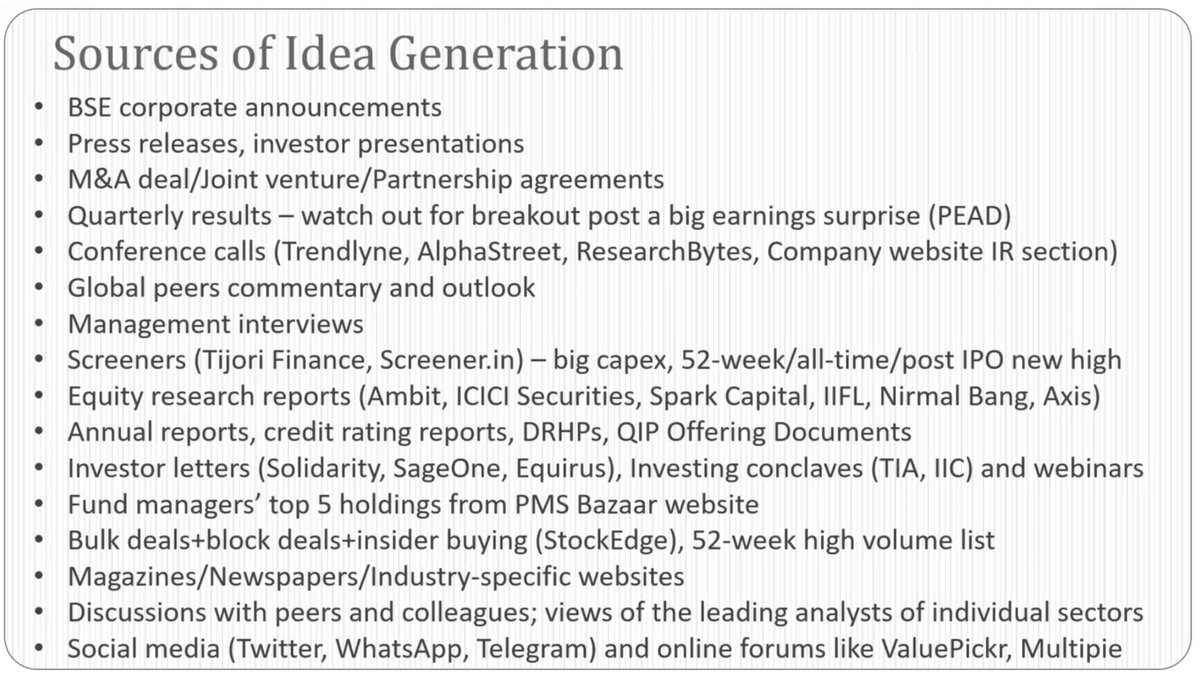
Developing a superior process leads to the repeatability of exceptional outcomes.

Example - @Gautam__Baid's multi-pronged approach to idea generation and validation.
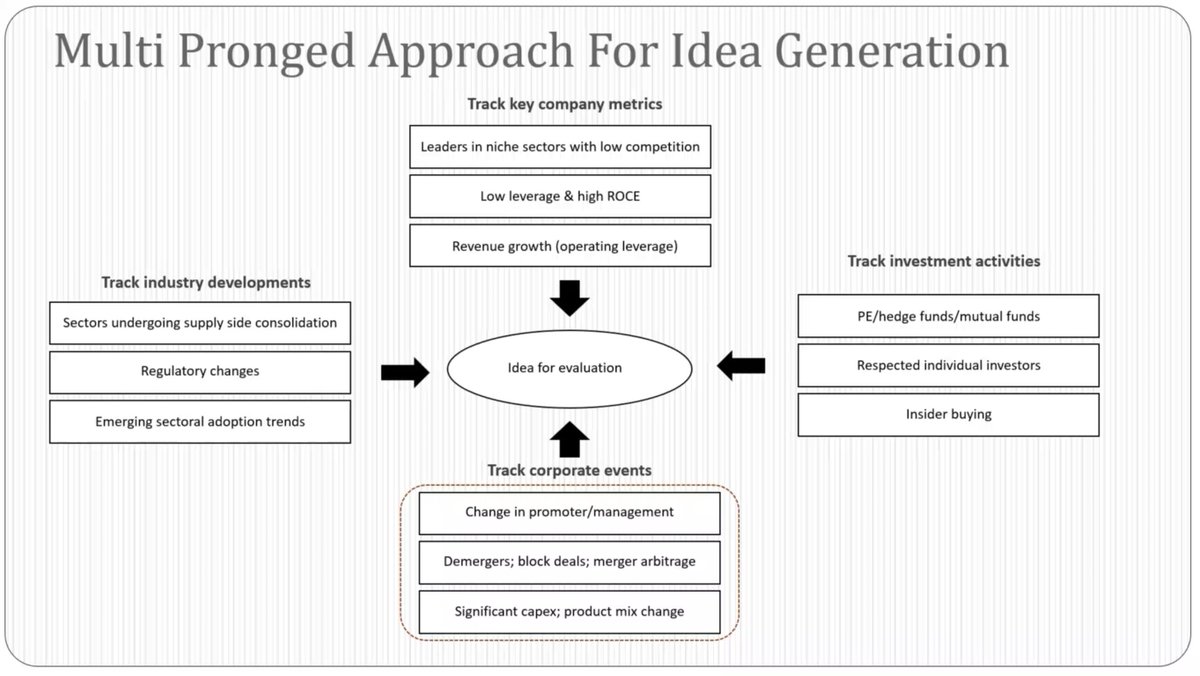
Here is @Gautam__Baid's list of things to avoid.
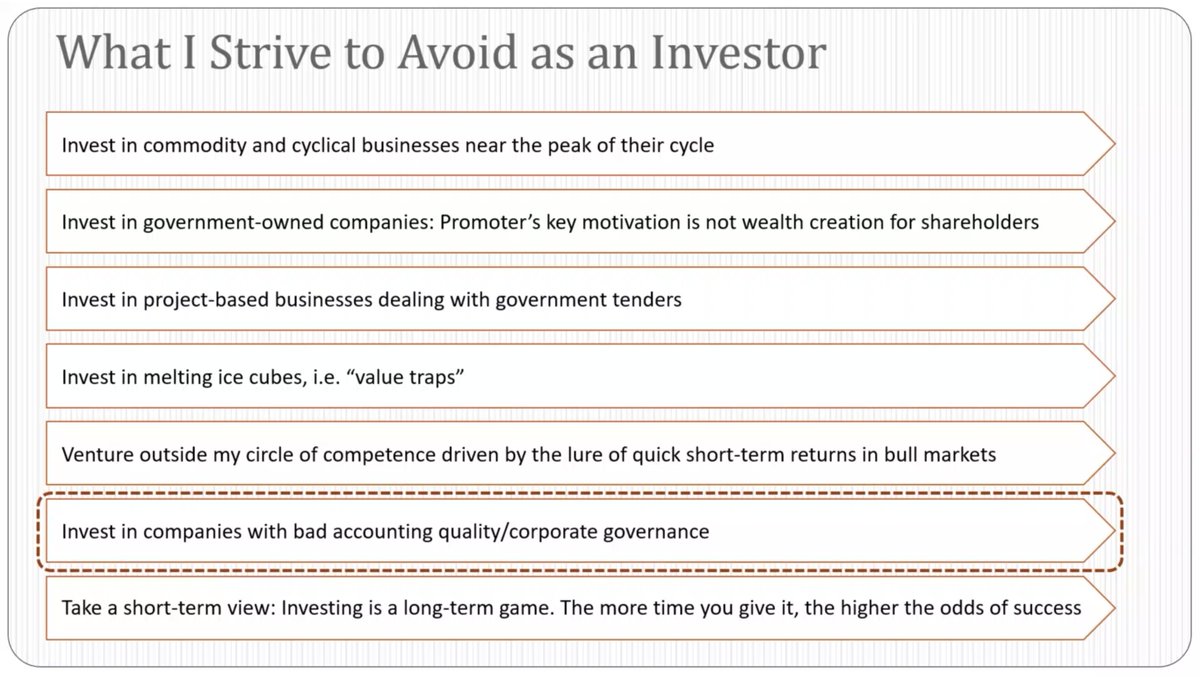
Here is @Gautam__Baid's checklist that makes this job a bit more process-driven and easier to execute.
https://t.co/ROZ6k8DTy8
Today's spaces and WebEx presentation with @Gautam__Baid has been packed with so much insight. Check out this slide on corporate governance, for example, it is a goldmine for investors.@Finvents @dadalife369 #investing pic.twitter.com/Teyr4jm45N
— Krishna Bahirwani (@BahirwaniKrish) December 8, 2021
More from Wise investing
You May Also Like
This is a pretty valiant attempt to defend the "Feminist Glaciology" article, which says conventional wisdom is wrong, and this is a solid piece of scholarship. I'll beg to differ, because I think Jeffery, here, is confusing scholarship with "saying things that seem right".
The article is, at heart, deeply weird, even essentialist. Here, for example, is the claim that proposing climate engineering is a "man" thing. Also a "man" thing: attempting to get distance from a topic, approaching it in a disinterested fashion.

Also a "man" thing—physical courage. (I guess, not quite: physical courage "co-constitutes" masculinist glaciology along with nationalism and colonialism.)

There's criticism of a New York Times article that talks about glaciology adventures, which makes a similar point.

At the heart of this chunk is the claim that glaciology excludes women because of a narrative of scientific objectivity and physical adventure. This is a strong claim! It's not enough to say, hey, sure, sounds good. Is it true?
Imagine for a moment the most obscurantist, jargon-filled, po-mo article the politically correct academy might produce. Pure SJW nonsense. Got it? Chances are you're imagining something like the infamous "Feminist Glaciology" article from a few years back.https://t.co/NRaWNREBvR pic.twitter.com/qtSFBYY80S
— Jeffrey Sachs (@JeffreyASachs) October 13, 2018
The article is, at heart, deeply weird, even essentialist. Here, for example, is the claim that proposing climate engineering is a "man" thing. Also a "man" thing: attempting to get distance from a topic, approaching it in a disinterested fashion.

Also a "man" thing—physical courage. (I guess, not quite: physical courage "co-constitutes" masculinist glaciology along with nationalism and colonialism.)

There's criticism of a New York Times article that talks about glaciology adventures, which makes a similar point.

At the heart of this chunk is the claim that glaciology excludes women because of a narrative of scientific objectivity and physical adventure. This is a strong claim! It's not enough to say, hey, sure, sounds good. Is it true?

















